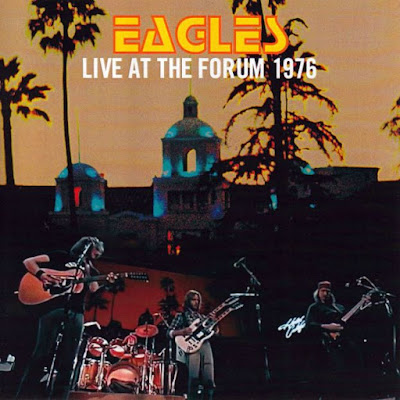Vecchio is lead by one Luis Vecchio, resident of the Canary Islands, and his album for the Sound Library label DeWolfe is one that is frequently mentioned in hushed reverence amongst the beat digger DJ collecting crowd. And it's easy to see why, given its massive brass charts, funky bass lines, fluttering flute, choppy organ and additional hand tribal percussion. Unlike most incidental film music, the album works as a whole and isn't just a disparate bit of sounds and rhythms.
This library LP is incredible. Heavy organ, heavy brass, heavy percussion and heavy bass work on all ten songs. Afro-Rock is one of the best De Wolfe records ever.
The album is opened by Megaton that includes smooth organ play combined with an aggressive bassline. It is suitable described as "dramatic, furitive movement" on the back of the cover. Next up is Renegade that would have been perfect for a blaxploitation flick. Repetitive bass riffs are joined by nice bongos.
Facade is a little up-tempo groover. The funky organ and the horns are dominant on this tune. There is a great percussion solo in the mid-section. Chabati could have been on an Fela Ransome-Kuti & The Africa '70 recording. Pure afro-funk! The last track on side one is Green Hell. 6.41 minutes of moody, paste changing jungle madness.
Side two is no different from side one. Boss is opened by heavy drums. Brass and organ come in shortly after the bass and in the end, the flute just adds up to the feeling of this mean up-tempo track.
Nsambai and Wabaco are both stunning examples of the quality of the music to be heard on Afro-Rock.
The highlight is the fantastic funky organ and brass work. The description for Cult truly says it all: "Steady movement – sinister overtones". My favorite track is Ngoma-Ku. A rare groove gem with a bluesy, jazzy feel. With all the decent solos, I never get bored listening to this one.
The album is an afro funk bomb from start to finish. I think it's a lot better than KPM's Afro-Rock by John Cameron.




















































